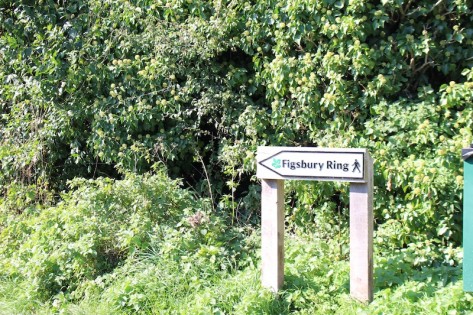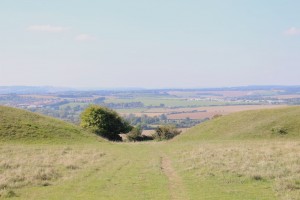Muzafer Sherif’s Robbers Cave study is often described as a real life ‘Lord of the Flies.’
And it’s true that in some ways Golding’s book and Sherif’s experiment share similarities. Both used groups of children in the wild to explore the conflict that develops when you take children to an isolated setting, far from civilisation – Golding chose an island for the setting, Sherif a remote state park in rural Oklahoma.
Golding used his experiences as a schoolteacher and his observations of interactions of his students his fiction. Apart from stirring up antagonism between them in classes, Golding took them on a trip to watch their conflict in action. At Figsbury Ring, a huge Neolithic mound overlooking Salisbury plain, he encouraged the boys to form two groups, one to attack and the other to defend the mound.
Sherif also separated boys into two groups and encouraged them in competition, predicting that vying for a single prize would set off hostility and vindictiveness between the two groups and end in violent conflict.
Both men used children as a metaphor for humankind. And both had been scarred by their experiences of war.
Coincidentally, both the book and experiment happened around the same time. Golding finished his manuscript in 1952 but it wasn’t accepted for publication until September 1953 and was first published in the US in 1954, the same year Sherif conducted the Robbers Cave study.
But Golding’s book was a novel and he used fiction to explore his own views of human nature. John Carey, Golding’s biographer wrote that after his war experiences Golding came to believe that ‘man produces evil as a bee produces honey.’
Sherif’s view was more optimistic. He believed and set out to prove that a society where people competed for resources caused inequality and injustice. Change society, he argued, encourage rival groups to co-operate and it is peace that is inevitable, not war.



Comments are closed.